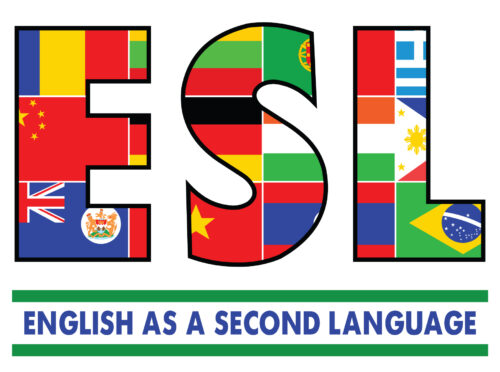
Blended learning, which combines traditional face-to-face instruction with online components, has emerged as a promising approach in English as a Second Language (ESL) education. Recent studies have shed light on its effectiveness in improving student outcomes across various aspects of language acquisition and academic performance.
Language Skills Enhancement
Research indicates that blended learning positively affects ESL students’ language skills development. This approach allows learners to engage with diverse learning materials and activities, both in-class and online, leading to improved proficiency in reading, writing, listening, and speaking. The integration of technology provides students with additional opportunities to practice and reinforce their language skills outside the traditional classroom setting.
Academic Performance
Studies have shown that blended learning can significantly impact ESL students’ overall academic performance. The flexibility and personalization offered by this approach enable students to learn at their own pace, revisit challenging concepts, and access a wide range of resources. This tailored learning experience often results in better comprehension and retention of course material.
Motivation and Engagement
One of the key benefits of blended learning is its positive effect on student motivation and engagement. The variety of learning activities and the integration of technology often make the learning process more interactive and enjoyable for ESL students. This increased engagement can lead to improved participation and a more active approach to language learning.
Autonomous Learning
Blended learning environments foster autonomous learning among ESL students. By providing access to online resources and self-paced learning modules, this approach encourages students to take greater responsibility for their own learning. This development of self-regulated learning skills is particularly valuable for language learners, as it promotes continuous improvement beyond the classroom.
Challenges and Considerations
While the benefits of blended learning are evident, it’s important to acknowledge potential challenges. Some students may experience emotional separation during virtual components, missing the warmth and non-verbal cues of face-to-face interactions. Additionally, factors such as technological proficiency and internet access can impact the effectiveness of blended learning, particularly in disadvantaged contexts.
The impact of blended learning on ESL student outcomes is largely positive, with improvements observed in language skills, academic performance, motivation, and autonomous learning. As educational institutions continue to integrate this approach, it’s crucial to address challenges and ensure that the implementation of blended learning is tailored to meet the specific needs of ESL learners. With careful design and execution, blended learning has the potential to significantly enhance the ESL learning experience and outcomes.